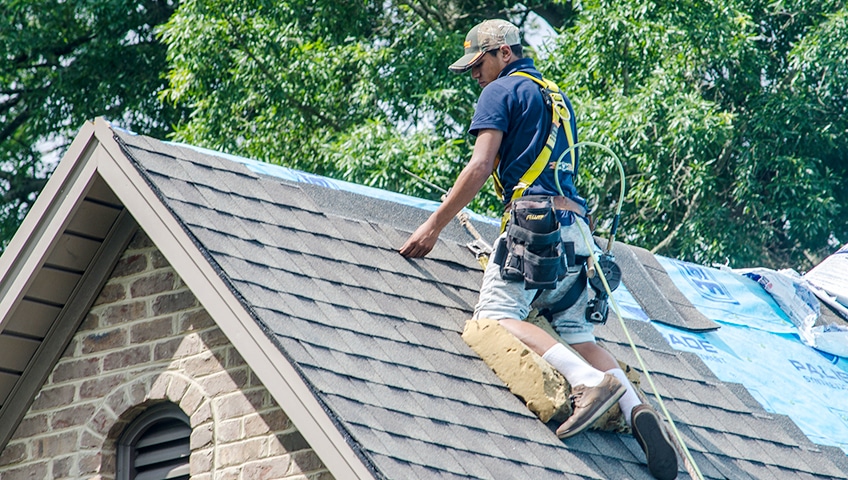Roof repair review

Repairing a Hole in Your Roof? Here's What You Need to Know
If you've got a hole in your roof, you probably know the high cost of roof repair, but do you know the different types? Here's what you need to know: what the different types of repairs are, how much they cost, and whether or not your insurance will cover them. In addition to the cost of roof repair, you should also learn how to protect yourself from unnecessary leaks and damage by following some simple maintenance tips. In this article, we'll discuss some of the different types of roof repairs and the costs associated with them. Visit roof repair Austin to read more.
Cost of repairing a hole in a roof
The cost of repairing a hole in a rooftop depends on the size and location of the hole. The area between two descending roof lines is called a roof valley. Water and snow will collect in this area and cause it to sag or crack. Once the water level reaches a certain point, the area will be exposed, exposing the interior of the roof. To repair a roof valley, you can expect to pay between $300 and $1,000.
The cost of repairing a hole in a rooftop depends on many factors. The roof pitch is a major factor in cost. A home with a moderately-pitch roof will cost the least to repair. A home with a steep roof will cost more. Another important factor in the cost of repairing a hole in a roof is the cost of matching materials. Asphalt composite shingles are the cheapest to repair, while stone-coated steel, natural slate products, and standing seam metal roofing are the most expensive.
Types of repairs
Some of the most common types of roof repairs are small and simple, such as replacing missing or torn shingles. Other roof repairs involve replacing damaged rubber gaskets and PVC components, fixing loose nail heads, or cleaning and inspecting gutters to prevent future roofing issues. Although these repairs are usually necessary if you own a home with a traditional asphalt shingle roof, you can perform minor repairs yourself as well.
Roofing materials and labor are the largest component of roofing repairs, but the type and extent of the damage can impact the cost significantly. When choosing a company to perform a roof repair, keep in mind that a minor roof patch will cost much less than a complete replacement, so it's best to estimate the repairs before the worst happens. Roofing material costs also vary widely, so a patch that covers a large area will be the most economical option.
Cost of replacing a sheet of shingles
One of the most common types of roof repair is to replace a sheet of shingles. Asphalt shingles are relatively inexpensive to buy and install. However, they do not meet the code requirements for durability and are prone to blowing off in strong winds. Additionally, shingles can become loose around skylights and chimneys, which can cause leaks. To fix this problem, you can replace a sheet of shingles for around $710.
Another important factor that determines the cost of a new roof is labor. A shingle roof replacement will require a significant amount of labor, which can account for up to 60% of the total cost. If you hire a roofing company to replace a sheet of shingles, expect to pay about $7,600 in labor costs. These costs include tearing off old shingles and disposing of old underlayment. Some shingle roofs can even be installed over existing shingles.
Whether insurance will cover repairs
Regardless of the cost of repairs, determining whether your insurance policy will cover roof repair expenses is a crucial part of protecting your home. Although your insurance policy will cover major repairs, they often do not cover more minor repairs. For instance, minor damage to the surface of the roof, such as a few shingles coming loose, will not be covered. On the other hand, minor damage due to general wear and tear will also not be covered by insurance.
If your roof has sustained damages from a storm or a natural disaster, you may be covered for the cost of repairs. If your homeowner's insurance covers such damage, it may reimburse you fully or partially. If your insurance does not cover the cost, you'll need to pay a deductible or limit of your coverage. However, it may be worthwhile to get a free estimate before you purchase a policy.